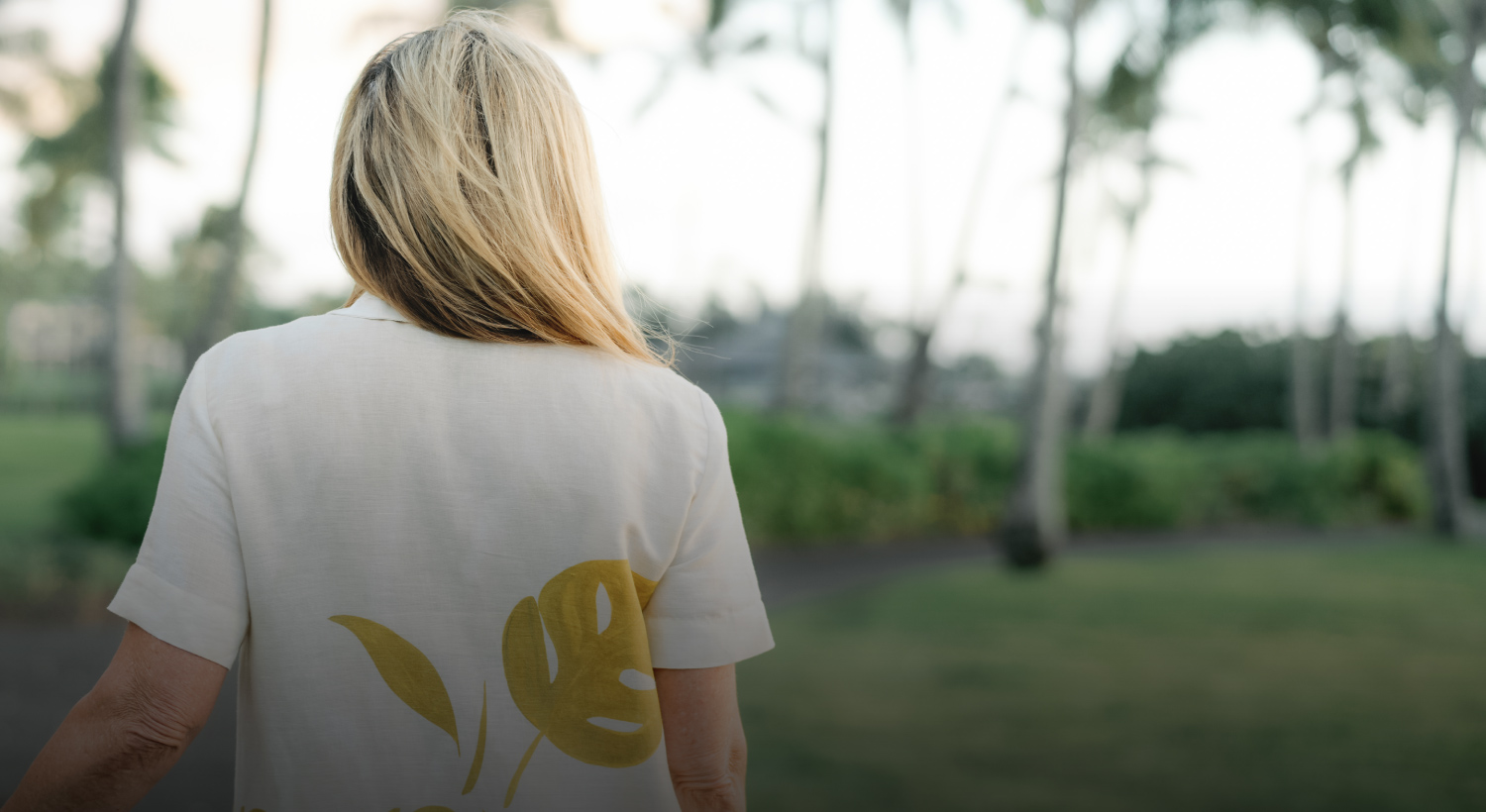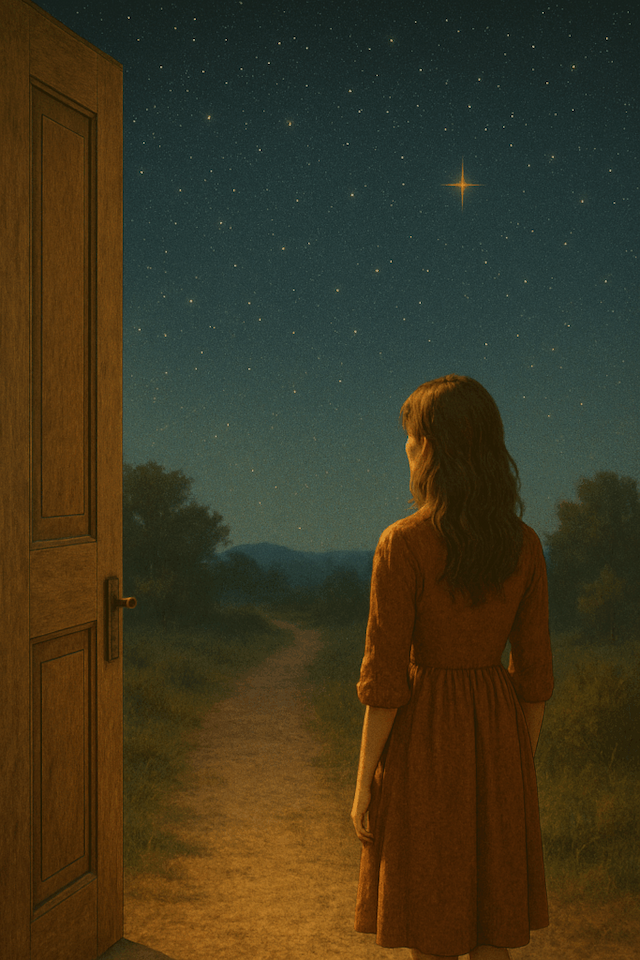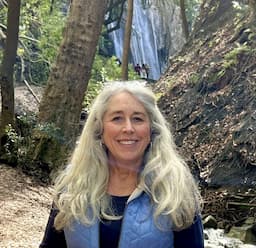Balancing Photography: How to bring aesthetics to your photos -
Balancing elements in photography is putting forethought into your art before ever snapping a picture. Learn how to see the world of photography in a new light.
Balancing Photography: How to bring aesthetics to your photos

Why Balance your Photography?
When you take the step from taking pictures to making art, balancing elements becomes a key phrase in your photography vocabulary. You don’t just look at a mountain scene, say “hey, that would make a great picture” and snap a couple with the right settings. Instead, you look at those mountains, figure out the mood, focal points, elements you want to incorporate.. You create a vision. That is where balance comes in.
If you looked at your favorite photographs after reading this article, I guarantee you will begin to see the elements of balance that you may not have even realized you captured. We can easily do it by coincidence, but when you can go out and purposefully create balance, well now you have joined the company of artists.
So we are going to discuss the foundations of balance and I will also link to some previously written articles like composition that will help further your knowledge and skill. Then I highly recommend taking your camera outside and finding some elements to balance and start seeing the world through a whole new lens.

What are the types of balance?
To break down balance so it’s a little easier to take in all at once, we will look at it in two forms: Exposure related balance and Compositional balance.
With Exposure balance, we will look at how light and shadows can create balance and aesthetics in photography but also contrasts, your color palette, and textures. But these parts of balance are going to be effected mostly by your ISO, aperture, shutter speed, and of course the scene (time of day, weather, etc.)
Compositional balance is more about your vision for the image. What is your focal point? What is the visual weight of the elements in the picture? Where do you place your primary subject and other elements within the frame? Composition is more about the lens type you are using, where you are taking the picture from, angles, zoom, vision, etc. So let’s get started!

Exposure Balance- Light and Shadows
Balance is basically just a term photographers use to say visually pleasing and this is not a new concept exclusive to photography! Painters, sculptors, really artists of all kinds have been refining these techniques for centuries. It is learning where the eyes of a viewer are drawn and capturing pictures by predicting how the human mind visually interprets an image.
The two most basic elements to this are light and shadow. As we all know, a monotone picture doesn’t need color to captivate and amaze viewers, but the way light is captured is vital; it’s what photography is all about! Too much light will clip your highlights and lose details, but the same detail can be lost with too dark of shadows. Perfect lighting with no shadows makes an image flat or dull. Shadows add dimension and depth to a picture. That’s why a landscape on a cloudy day just comes off a little dull compared to a beautiful sunrise.
The first thing you want to look for in every picture is expose for the light so that it isn’t too intense but also incorporate shadows to add depth and character. That light and dark creates contrast, producing aesthetics when done correctly. Also remember these can be amplified in post processing. So if the scene isn’t perfect on shoot day, adjust your light, shadow, and contrast settings to add character. It just takes practice and experimentation to balance these exposure elements for the best results.

Exposure Balance- Color and texture
Bright colors and textures draw the eye like a teenager to a cell phone. Our goal is to think through our concepts and figure out exactly what we want viewers’ reaction to be and there is nothing like color to guarantee a reaction. Colors can create moods, emotions, and focal points almost instantly. That’s why we want to use them wisely.
So think through your color choices and even tone down colors in your images that are either over bearing or draw attention away from your intended focal point. And use brighter and richer colors in areas you want the viewer to focus. This is a balancing act to make sure you don’t have a small splash of distracting red in the far left corner and a model in the center. A viewer will see the model but their eye is going to be drawn toward that corner every time.
Texture is just an additional effect that can really add a pop to any image. The goal of any 2D art is to make your work appear 3D, more lifelike. So adding texture like detailed rocks and water droplets can add an extra effect that will help balance your image by drawing the viewer’s attention toward the texture. You will often see this done in still life food pictures where the photographer gets up close and personal to an orange. You will see the texture of the peel along with drops of water forming from condensation.

Compositional balance – visual weight and subject placement
Seven11 Photography doesn’t teach the use of layering in photoshop to create a composition from multiple images. We also never want to see you having to crop your pictures so much that you begin losing quality. Therefore, the only other option we have is to create a great composition when taking the picture; this includes balancing the elements.
Think of the headshot above as having a total visual weight of 100%. Each element based on how prominent it is in the picture would get a percentage of that 100%. So if you are taking this headshot of a person, you might say her face is 20%, neck, shoulders and hair are maybe another 20-25%, and the remaining negative space is the remaining 55-60%. This is visual weight and more or less a perfectly balanced photo for a centered headshot.
The model’s face is our focal point and she is in the middle of the frame with negative space fairly even on both sides. In all, you could probably say she is 33.33% of the composition and each side of her is also 33.33% each, equaling 100%. An easy example of balancing the two elements, the model and negative space. Obviously our images get much more complicated than a headshot, but it’s our starting point.
An example of stepping it up a bit, let’s say you are taking a picture of a bird in a tree covered in flowers, you may have multiple elements you want as part of your composition. You want the bird to have a high visual weight but you also want the flowers framing your subject and adding to the overall aesthetics. So in this case, you might have the bird with a visual weight of anywhere from 25-30%, tree branches at 20%, flowers at 45% and perhaps a little sky for the remaining 10% or so. Many more elements but still broken down the same way.
As the photographer you get to decide, mostly unconsciously, how much visual weight you want to assign to your compositional elements. There isn’t a set percent for certain situations, but this at least gives you an idea of how it works. It’s just one thing to think through and eventually it becomes second nature.

As important as visual weight is, you also have to consider subject and element placement. We will discuss symmetrical and asymmetrical balance in a moment; however, there is more to it than symmetry. Sometimes you may want to capture a nigh sky but adding a person in the distance will draw the eyes toward the stars and add a sense of scale for the viewer. A big beautiful ocean sunset is always a popular picture, but a few small sailboats in the distance will draw the eyes to the horizon and show just how much water you are looking at!
Compositional Balance- symmetrical and asymmetrical balance

To obtain symmetry to balance your image, think rule of thirds (see example above of how to break down a picture). You want to have closely visually weighted objects in either the three columns or three rows of your picture or in the outside two (rows or columns) with something symmetrical in between. The main rule with symmetry is: can you put a vertical or horizonal line down the middle and the left and right (or top and bottom) are equally weighed (symmetrical). Symmetry is very easy on the eyes and aesthetically pleasing because it has a sense of harmony about it.

Asymmetrical balance is more like having a goose way off to the left of the composition so you need to balance that subject with something on the right but it doesn’t have to be the same type of object, shape, size, or even be in focus. This just helps balance the photo so you don’t have a subject on the left or far right and nothing else but negative space. But always remember that these are standard guidelines but not rules to live by. In minimalism, for example, many times you want that large empty negative space on one side, drawing the eye to one side for an effect. The goal here is to foresee the picture and capture it exactly how you envision.

Compositional balance – layering, negative space

But a great way to get compositional balance is through layering. Just like it sounds, you are adding elements at different depths to create a sense of perspective and scale. Think rolling hills or mountains on the left, right and center but all at different depths within the frame. But it doesn’t only apply to landscapes. You can layer a portrait by providing elements in the foreground or background like flowers, grass, or in the background like mountains, sunsets and buildings.
Another tool in the photographer’s arsenal is negative space. Although most of what we have mentioned discussed filling the frame, sometimes the use of negative space can add to the composition or the story you are trying to tell within the picture.

As an example, this image above from our latest book, Immersion, we used negative space to show the divide between the young ladies on the left and the gentleman hunched in the shadows on the right. We used framing by incorporating the bridge to pull the eyes down to the subjects. And we used “leading lines” of the small pond and bridge lines to draw the eyes to our subjects.
The overall message here was to show the divide between people who can offer help and those in need of help. We were even able to use shadowing to darken the subject on the right, giving him a sense of anonymity while brightening the ladies on the left to symbolize their more optimistic disposition. Finally, we used color by toning down the brightness of the elements to give a sense of despair, yet still used slight color to help define the subjects.
That’s a Wrap on Balancing Photography
Can you find any other elements used in the last image? Layering? Asymmetry or symmetry? Any noticeable textures? Why do you think we chose the visual weights that we did?
From all this, please remember that there is an artist’s (photographer’s) intention, but there is also your interpretation. So there is no wrong answer to these questions. But as you start to look at these elements for balance in photographs, you are now getting into the art theory of composition. If you have ever wondered what separates photographers from an individual who is good at taking pictures, this is it; and this is your first step into a giant new frontier.
So congratulations, I can’t wait for any pictures you would like to share and any questions you may have about the topics we have discussed. This is a safe place meant to motivate through encouragement, so when commenting on any of our posts, please ensure it is positive or constructive. Thank you again for reading, following, and sharing our articles and messages. Our mission to is teach and mentor photographers to make a new path in the fine art community by creating art that is true to their Christian morals and values. We are here as an example to tell you it is not only possible, but also infinitely rewarding.
Are you reading this and wondering what half these things mean? Try our free online Beginner Photography Course! Also see our Beginner’s guide to Real Estate Photography!
I am a conceptual fine arts photographer and author for Seven11. Together with my wife, Kathleen, we pull inspiration from our photography to deliver messages of Christian encouragement to help others in their walk with Jesus. In addition to our writing, we also run a Christian podcast where we put “Christ in Focus.”As a separate mission, I author a photography blog to help new photographers develop their skills, learn tips and tricks, find reliable equipment, and I provide free mentorship. My goal is to prove to new photographers and models that they can pursue their dreams in fine art while staying true to their Christian values.
View all posts by Jon & Kathleen Frederick






